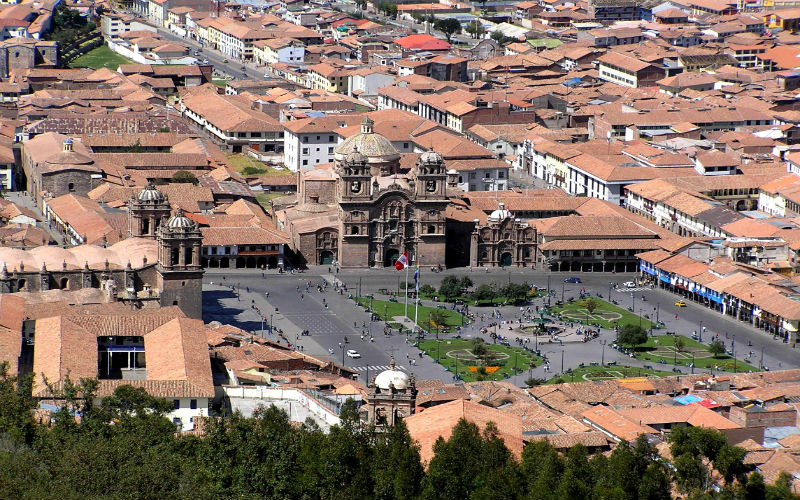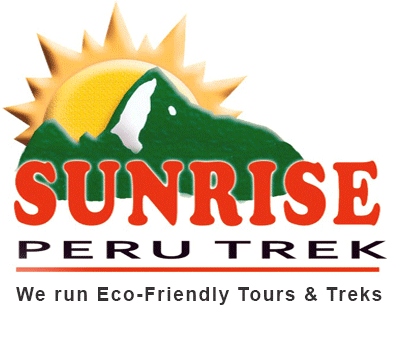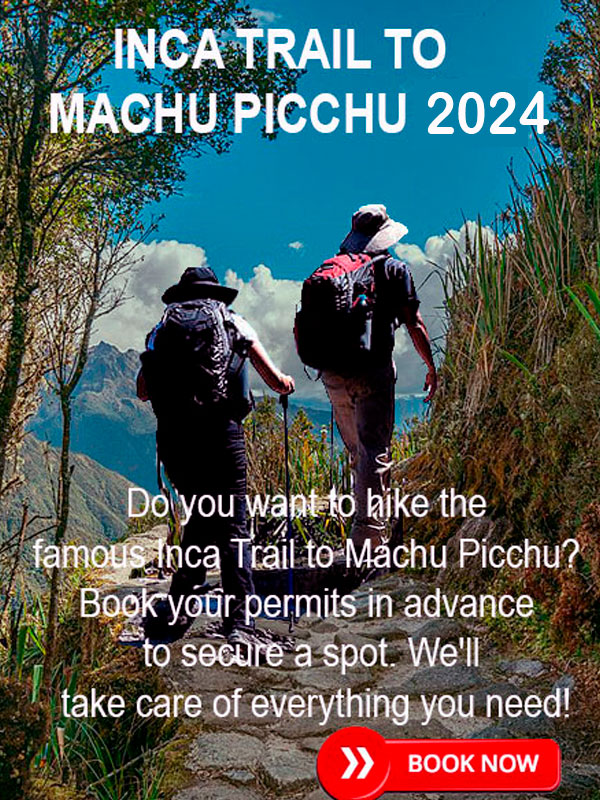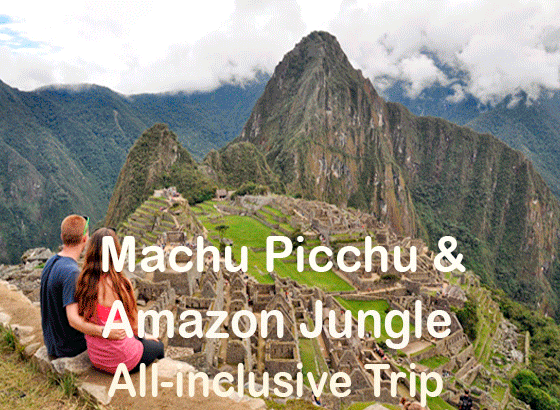CUSCO INFORMATION
Cusco is often referred to as the “Archaeological Capital of America” Cusco is a beautiful city full of contrasts between indigenous styles and the modern Western world.
Cusco is a sacred city and the capital of the Inca Empire, it was the government center of the four big administrative regions named Tahuantinsuyo. This fabulous empire extended to a great part of what today is Ecuador, Colombia, Perú, Bolivia, Argentina, and Chile. The Inca Empire was a very well structured society. It stands out for having a great knowledge in architecture, hydraulic engineering, medicine and agriculture.
GENERAL INFORMATION CUSCO
Cusco is often referred to as the “Archaeological Capital of America” Cusco is a beautiful city full of contrasts between indigenous styles and the modern western world. It is these contrasts that have given Cusco its rare beauty.
- Altitude: 3360m, 11155 cakes
- Location: Southeastern Peru
- Average annual temperature: 11 ° C
- Maximum temperature: 17 ° C
- Minimum temperature: – 2 ° C
- Dry weather
- Rains: from November to March
- Population: 1’171503 inhabitants
- Telephone Code: 084
Cusco Population:
The population in Cusco city by the beginning of the XXI century is projected to be 300,000 inhabitants. The annual growth rate is approximately 4%. In 1821 after 3 centuries of Spanish colonial administration, this city had about 40,000 people. In the Tawantinsuyo’s apogee it should had between 225 to 300 thousand inhabitants.
Cusco Altitude:
The altitude of Cusco city is 3,400 meters above sea level (11,150 feet). Some persons not used to the high altitude get problems as a consequence of the oxygen scarcity. Is necessary to be one day at least in city before to make trekking. The latitude is 13° 30′ 45″ it indicates that we should have a tropical or equatorial weather, but it is not like that. Sometimes Cusco is cooler because of its high altitude. The Longitude is 71° 58′ 33″. We are 5 hours later than the Greenwich Mean Time.
Cusco Temperature:
Cusco temperature is relatively cool. The annual average in the city is between 10.3° to 11.3° Celsius (50.54° to 52.34° Fahrenheit). Over here there is some uniformity in temperature between summer and winter. Normally it is somewhat cold at nighttime and during the first hours in the early morning while that at midday temperature increases considerably. During the early mornings in June and July temperature frequently drops to 5° and 7°C below zero (23° and 19.4°F). There are just 2 well-defined seasons: a dry season and another rainy one. The dry season is from May to October and the rainy season from November to April.
Expected Weather in Cusco and on the Inca trail.
In Cusco dry season starts in April to October, the days are usually sunny and hot but temperatures drop abruptly after 5-6 pm until 7- am. Weather is very changeable from November to March and heavy rains are expected being the wettest month December to March although is not as cold as it is in the dry season.

Cusco’s Basic Information
Water in Cusco:
Drinking tap water is not advisable in Peru. Bottled water is a must. Water is available in most hotels and stores all over Peru. 3-4 liters of water per day is enough to avoid dehydration which can be a real problem in high altitudes like Cusco. Other ways you can avoid parasites is to boil and/or filter water or add purification tablets.
Currecncy and credit cards in Cusco:
In 1991 the Peruvian government introduced the “Nuevo Sol”, divided in 100 cents. There are 5, 10, 20 and 50 cent coins and S/.10, 20, 50,100 and 200 banknotes or bills. US dollars are welcome at most shops, restaurants and service stations at the current exchange rate.
Most Shops and stores accept the most common credit cards, including Visa, Mastercard, Diners and American Express.
ATM cards can now be used in city locations: airports, bank machines and shopping centers. The main banking systems are:
visa/plus, MasterCard/cirrus.
It’s possible to obtain Nuevos Soles (sometimes dollars) with your card. Don’t forget there’s always a small service charge when you use credit and ATM cards. The use of traveler’s checks are welcome. When using a credit card make sure you are charged the right amount for your purchase. In case of lost or stolen cards, don’t forget to have the telephone number of the bank in order to cancel your card.
Changing money on the street is very common but risky. Banks or “casas de cambio” are a better choice. Important note: old or damaged US bills (i.e. a very slight tear) either won’t be accepted or will be exchanged at lower rates. When exchanging cash be sure to have crisp, new bills. Bring bills of various denominations.
Taxez in Cusco:
The price of food and services is included in a 19% national tax (airline tickets, included). In almost all restaurants there is a 10% service charge. However, when in doubt consult your guide. Tax for international flights is $25 and $4.50 for domestic flights, which you will need to pay in cash at the airport.
TRAVEL INFORMATION IN CUSCO.
- Shopping: Cusco has a wide variety of silver items, alpaca wool and pima cotton. Our crafts are highly esteemed worldwide. In our artisan markets it is possible to haggle over the price. Normally the discount that one gets is 15%.
- Electricity: The electrical system in Peru and Cusco is 220 volts (60 centuries old). In most places all the plugs are ambivalent, for round plugs (as in Spain) or flat (as in America).
- Tips: Normally 10% for the service is included in all prices in restaurants. It is customary to leave a 10% tip for the waiter. In the case of tourist guides and drivers, the tip is voluntary, taxi drivers are almost never tipped as the price is agreed in advance.
- Internet and Telephone: In Cusco there are public cabins and cyber cafes with very comfortable prices from where one can access the Internet. Telefónica del Perú and AT&T sell phone cards with various denominations, which can be easily purchased at bookstores, minimarket and newspaper stands.
- Currency: The unit of currency in Peru is the Sol (s /). Most hotels, inns, restaurants, and stores accept U.S. dollars, but if you want to exchange dollars in local currency, we recommend that you do it in exchange houses or in a bank.
- Mail: A letter or postcard takes about a week to reach its destination. Mailboxes and stamps are available in most bookstores, shops, hotels, and at the central post office.
- Local Time: Peru is located in the GMT-5 time slot, thus being close to the tropics, so take into account that here people have a more relaxed sense of time. Of course, we avoid any kind of delay.
- Public Transport: There are no taximeters in Peru, therefore before taking a taxi you must agree on the rate with the driver. Remember to carry small denomination coins with you to pay for the service.
- Security measures: Police. We recommend that you carry your money or credit cards in places that are not visible, it is not advisable to carry handbags unless it is completely essential. You can walk with a small backpack, carry your camera and camcorder, but be cautious and careful in public places like markets, train stations and public squares.
- Health Precautions: Before leaving your country do not forget to take the necessary precautions to avoid altitude sickness (Cusco 3400 masl), upon arrival in the city try to taste coca tea it will help you in your adaptation to the altitude, rest a few hours and eat lightly.
- Those travelers with heart problems or high blood pressure should consult their doctor before traveling to Cusco.
If you are going to visit the jungle, do not forget that it is a prerequisite to be vaccinated against yellow fever about 10 days before starting your trip to this natural region. - Water and Food: To avoid problems when drinking tap water, we recommend that you always try to use bottled water. Peruvian culinary cuisine is one of the best in the world with a wide variety of dishes, take advantage of your visit to enjoy and taste local and international dishes prepared in Cusco.
- Clothes and Weather: Here the weather can vary considerably in one day. It is usually cold in the early mornings and at night and hot at noon. Therefore, it is advisable to wear clothes that are easy to take off and put on. Long sweaters, jackets, and pants are required.
- Pets: The dog is the favorite pet in Cusco, you will see dogs everywhere. The cat is present but in lower percentages. Do not be afraid if one day when reviewing the menus in the different restaurants you find the guinea pig as a main dish. Here the guinea pig or guinea pig is not a pet. This little animal constitutes one of the most traditional dishes in Cuzco cuisine.
- Family houses: They are a different and warm type of accommodation offered by some Cuzco families, within this type of accommodation you can find single and double rooms. Being in a family home is a great advantage for those who want to know a little more about the uses and customs of the Cuzco resident
Gastronomy and Drinks
The city of Cusco has a wide range of typical dishes, a great heritage from its ancestors. Trying these delicious dishes is a way to get to know the city. Among its main typical dishes are:
- Spicy potato with fried guinea pig.
- “Kapchi”.
- “Chiriuchu”.
- “Cuy Cusqueño” style.
- “Timpo or Puchero”.
- “Chicharrón”.
- “Humitas”.
- “Tamales”.
- “Chuño cola”.
- “Lawa”.
- “Adobo”
- “Olluco con carne”.
- “Cuy or guinea pig pepián”.
- Stuffed hot pepper.
To drink the authentic Andean drink is recommended, the traditional chicha de jora, of course you cannot leave the city without first having tried the delicious and refreshing local beer.
Tourist Attractions – Cusco
- Cusco’s Main Square
- Pisac
- Puca Pucara
- Piquillacta
- Quenqo
- Sacsayhuaman
- Yucay
- Macchu Pichu
- Choquequirao
- Tambomachay
- Koricancha
- Moray and the Salineras de Maras
- Paucartambo and the Tres Cruces the Viewpoint
- Chinchero
- Aguas CAlientes
- Pisac Market
HOW TO GET TO CUSCO-PERU
By air
The most convenient and recommended way to travel to Cusco by air is to first get to Lima and from there decide whether to take another flight or a bus. From there it is possible to get direct flights to Cusco, with an average duration of no more than seventy minutes. It is also possible to fly to and from Arequipa; Juliaca in Puno; Puerto Maldonado or Ayacucho.
It is important to bear in mind when traveling that the “domestic tax” must be paid at the airport in the case of domestic flights and another boarding fee for international flights.
On the other hand, you can enter Cusco, since it has been remodeled and modernized, through the Alejandro Velasco Astete airport, located just ten minutes from the city, in Quispiquilla.
In this case, all passengers coming from international flights must go through immigration and customs, present their boarding and disembarking card, and keep it until they leave the country.
However, all flights must be reconfirmed 72 hours before from any travel agency or directly by phone with the ticket number. Daily departures to Cusco are via Lan Peru, Peruvian Airlines, Taca and Aviandina.
By land
Although it is possible to access Cusco by land, it is also important to know that it is not the most convenient, the road is long and can be very exhausting. In time the trip can last approximately a day and a half.
From Lima you can take routes 1, 2 and 3. On route 1 you must travel first to Arequipa, from there to Juliaca and finally to Cusco.
Opting for route 2, you must start to travel from Lima to Nasca, then to Puquio, then to Chalhuanca and Abancay and finally from there to Cusco.If route 3 is chosen instead, the route begins in Lima continuing to Huancayo and then to Abancay, from there the next destination is Cusco.
By bus
If you travel by bus from Písac, Calca or Urubamba, you will arrive at Av. Tullumayo; If you are traveling from Oropesa, Urcos or Sicuani, then the arrival will be in the closed arena on Av. Manco Cápac.
In any case, it should also be borne in mind that most of the interprovincial transport reaches the Tío terminal as well as Av. Pachacútec.



